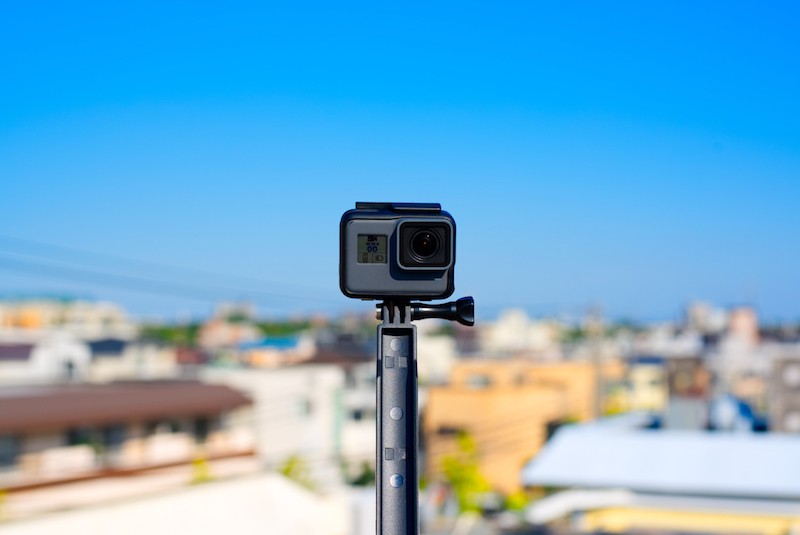
New York law banning photos of voters with their ballots survives constitutional scrutiny.
What is a more important goal for society: raising low voter turnout rates or preventing corruption of the electoral process? Must society choose only one of the two?
A federal judge in New York recently had the opportunity to consider these questions. In ruling that a New York state election law does not violate the First Amendment of the U.S. Constitution, the judge ruled that New York’s interest in preventing electoral corruption took precedence. The law prohibits individuals from photographing themselves with their marked ballots and displaying the photos—often called “ballot selfies”—on social media outlets.
Few activities are more private than voting. Although voting in some primary elections conducted via caucuses is not private, voting generally demands secrecy. Yet casting a ballot has not always been a solitary experience. Before states adopted the secrecy of the Australian ballot in the 1890s, political party operatives often intimidated voters and watched them complete their ballots to ensure that they voted for a particular candidate.
Following a national trend towards electoral reform aimed at combatting voter intimidation, the state of New York enacted a law in 1890 that prohibits a voter from showing the voter’s ballot “after it is prepared for voting, to any person so as to reveal the contents.” The law also prohibits New Yorkers from asking other voters to show them their marked ballots.
Taken together, these provisions of a 127 year-old law apply to a 21st century technological and social phenomenon in which excited voters voluntarily show the world how they voted.
Some New Yorkers decided to express their unhappiness with the law. Eve Silberberg, a registered voter in New York County, sued the Board of Elections of the State of New York, seeking to stop enforcement of the law against voters who wished to take and share ballot selfies. Silberberg and several co-challengers who have experience working for political campaigns argued that the law criminalized a powerful tool for grassroots political organizing and burdened their free speech rights as guaranteed by the Constitution. They claimed that ballot selfies posted on social media outlets provide would-be voters with credible, compelling messages to vote for particular candidates that no other organization can replicate.
The state Board of Elections countered that the selfie ban must remain in force because it protects the integrity of New York’s electoral process. Supporting its position, the Board provided expert testimony about the history of widespread, corrupt voting practices before the law took effect. The Board also argued for the law’s continued need, pointing to recent prosecutions of vote-buying schemes within the state.
In his written opinion, U.S. District Court Judge P. Kevin Castel wrote that the First Amendment of the Constitution generally protects forms of political speech, such as ballot selfies.
State laws that abridge an individual’s right to free speech must meet a demanding legal standard to remain constitutional. This standard, “strict scrutiny,” requires that a law limiting free speech rights must help the state or its enforcement bodies achieve a compelling interest. Strict scrutiny also requires that the law must be the least burdensome alternative available to the state to achieve that interest. If a state government has a less burdensome way to further its objective, then a court must declare the law unconstitutional.
The Board argued that it had a compelling interest in maintaining the integrity of its election process by thwarting instances of vote-buying and voter intimidation.
Silberberg and her co-challengers, though, argued that the state had less burdensome alternatives available to prevent corrupt elections. They maintained that the law was too broad, since it had the effect of punishing voters who do not buy votes or intimidate other voters. Rather than penalize innocent voting enthusiasts, the challengers suggested that New York could instead maintain electoral integrity by outlawing voter bribery and coercion.
The challengers also argued that prohibiting ballot selfies would not prevent individuals seeking to influence the voting process from confirming for whom their targets voted. For example, the targets could secretly send photos of their ballots using applications such as Snapchat, which transmits photos that disappear after a single viewing. Because voters could still privately send pictures of their ballots, they argued, prohibiting the public display of ballot photos would not curb vote-corruption practices.
The judge disagreed with the challengers’ arguments, finding that the law met the strict scrutiny standard and was thus constitutional.
The judge disputed that the Board had less burdensome alternatives available, writing that the challengers’ proposed alternative would only combat the most blatant and obvious instances of undue influence on voters. The challengers’ desired law, according to the judge, would not prevent wrongdoers from carrying out a vote-purchasing scheme and later verifying that their paid participants cast their votes as instructed.
Furthermore, the judge did not find the challengers’ Snapchat argument convincing. The judge observed that although wrongdoers could use Snapchat to verify votes, they would also want to avoid creating electronic records of their crimes, which Snapchat and other applications create. Ballot selfies on public social media platforms, on the other hand, offer a prime opportunity for influencers because they can verify their targets’ votes without leaving any evidence of their crimes.
The judge thus concluded that the Board could not combat corrupt voting practices in a less burdensome way than enforcing the law and prohibiting ballot selfies. In New York, at least, election advocates like Silberberg and the co-challengers will have to find a different way to boost voter turnout.



